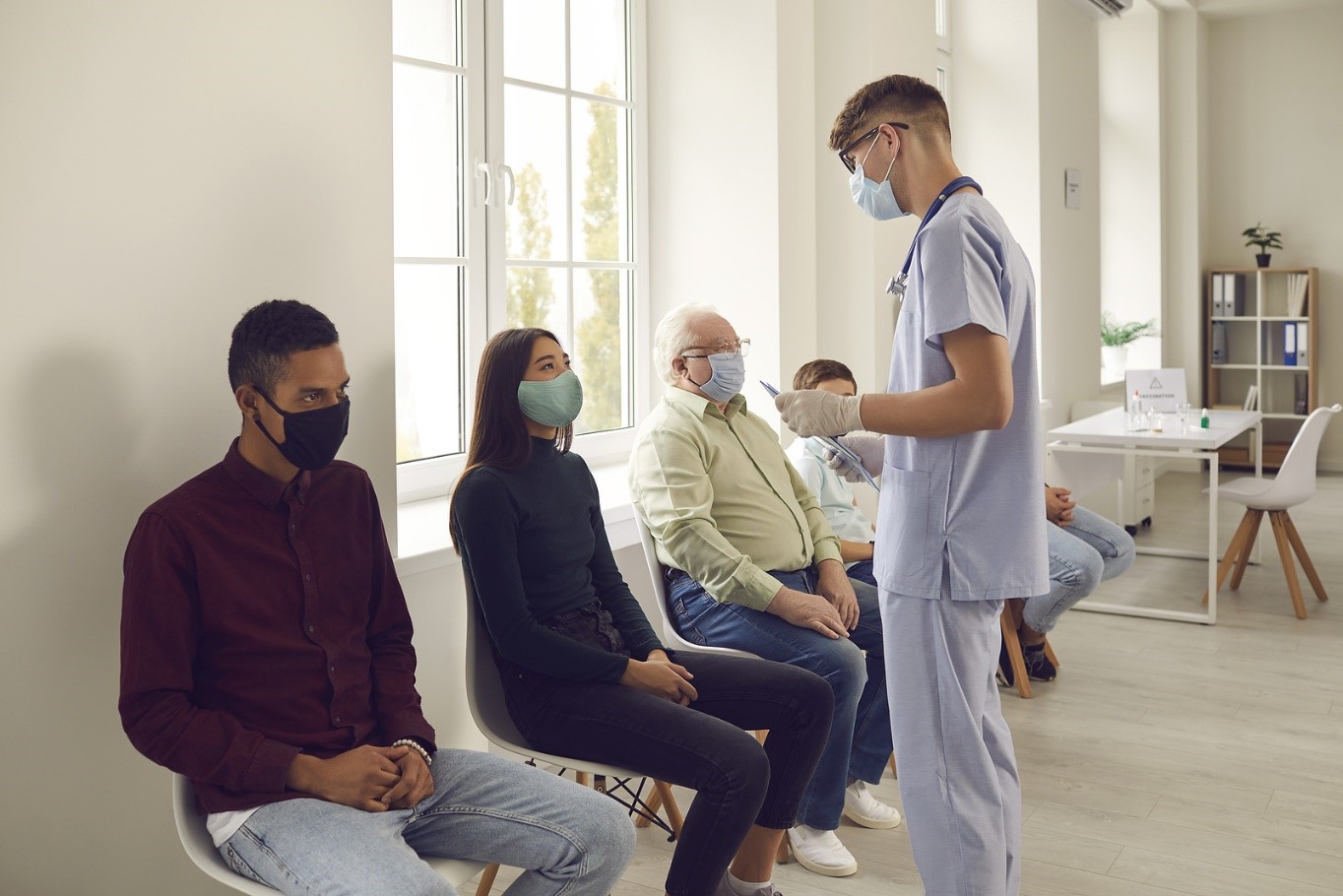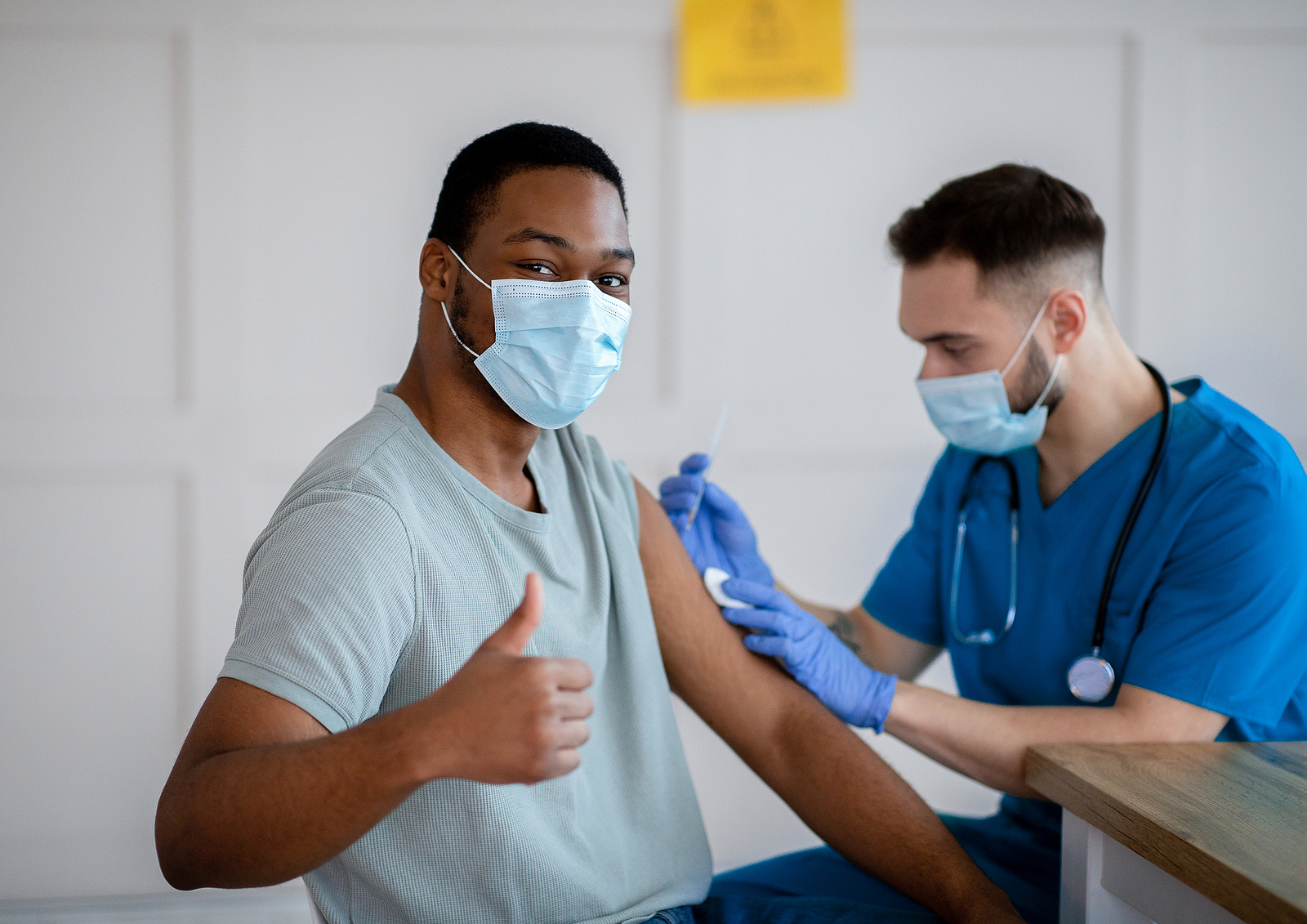The South African medical aid landscape can be complex and overwhelming, with a multitude of options available to individuals seeking healthcare coverage. Selecting the right medical aid plan requires careful consideration of several factors, including level of cover, costs, network of healthcare providers, and additional benefits. In this blog post, we provide valuable guidance and insights to help you navigate the South African medical aid landscape so you can make an informed decision when choosing the right plan for your needs.
- Understanding the South African Medical Aid Landscape
Before diving into the process of choosing a medical aid plan, it’s important to have a basic understanding of the South African medical aid landscape. Medical aid plans are private healthcare options that provide cover for medical expenses. They are offered by various providers and come with different levels of cover and benefits.
- Evaluating Cover and Benefits
When selecting a medical aid plan, one of the primary considerations should be the extent of cover it offers aligned to needs and affordability. Different plans provide cover for various medical services, including hospitalisation, doctor’s consultations, medication, and specialised treatments. Before committing to a Medical Plan, it is important to assess your healthcare needs and prioritise the services that are most important to you and your family.
Additionally, be sure to carefully review the benefits offered by each plan. Some plans may include additional benefits such as dental and optical care, a maternity programme, chronic medication, or other wellness programmes for specific chronic conditions. Consider these additional benefits holistically and determine their relevance to your specific healthcare requirements.
- Comparing Medical Aid Plans
To make an informed decision, it is essential to compare different medical aid plans side-by-side. Don’t be distracted by the bells and whistles that get added in the form of loyalty plans. While these are great to have, free movies and retail discounts won’t take care of you when you are sick.
We suggest using a reputable comparison tool like www.MedicalAid.co.za, where you can input your preferences and requirements to receive personalised recommendations. Compare the cover, benefits, costs, chronic cover and more of each provider in one view.
- Understanding the Fine Print
When evaluating medical aid plans, pay close attention to the fine print. Thoroughly read the terms and conditions, including waiting periods, exclusions, and limits on cover. Familiarise yourself with the rules and restrictions of each plan to ensure you are fully aware of what is covered and what is not.
- Assessing Costs
Medical aid plans come with costs, including monthly premiums, co-payments, and deductibles. Consider your budget and determine what you can afford. It’s important to strike a balance between your financial capabilities and the level of cover you require. Keep in mind that lower-priced plans may have more limited cover and benefits, while higher-priced plans may offer more extensive cover and benefits.
- Consider the Network of Healthcare Providers
Check the network of healthcare providers associated with each medical aid plan. Ensure that your preferred doctors, specialists, and hospitals are included in the network. Having access to a wide range of healthcare providers can be crucial in receiving quality care when needed, but not enough if you have to commute for an hour to get to one. Take note of additional charges or penalties you may incur for using a medical professional that is not part of your scheme’s provider network.
- Tailoring the Plan to Your Healthcare Needs
No two individuals have the same healthcare needs. Consider your unique requirements when choosing a medical aid plan. For example, if you have a pre-existing condition or require specific treatments, ensure that the plan you select adequately covers these needs. Customising your plan to suit your individual healthcare requirements will provide you with peace of mind and ensure you receive appropriate care. It will also mean you are paying for what you need, and nothing more.
- Staying Updated on the Medical Aid Landscape
The South African medical aid landscape is subject to changes and updates. Stay informed about any recent developments, regulatory changes, or updates in the healthcare industry that may impact your medical aid plan. Regularly review your plan and evaluate if it still meets your needs and preferences.
Conclusion
Choosing the right medical aid plan in the South African medical aid landscape requires careful consideration of factors such as cover, costs, network of healthcare providers, and additional benefits. By understanding your healthcare needs, comparing plans, and assessing the fine print, you can make an informed decision. Remember to use a reliable comparison tool like www.MedicalAid.co.za to simplify the process. Regularly review your medical aid plan to ensure it continues to meet your requirements in an ever-changing healthcare landscape. Take charge of your healthcare and choose a plan that provides comprehensive cover and peace of mind.









